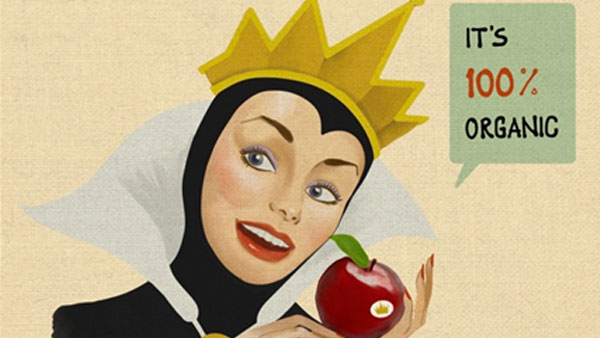
02 Aug Organic Approved

Before you go organic…
Don’t blame yourself if you haven’t already joined the ‘organic’ bandwagon. Justifying the organic markup for oddly shaped mushrooms – at half the size and twice the price – is a struggle for the OCD in all of us. Are those pint-sized organic apples be better for you than your perfectly formed, uniformly sized pink ladies. And is there even an international standard for certifying a product ‘organic’?
In the good old days there was no classification for organic foods – people simply ate locally or home grown and ‘in season’. Times have changed. We have lost the concept of ‘seasonal food’ and are exposed to more chemical toxins than ever before – peak hour traffic anyone? But it’s not all doom and gloom. With the advancement of civilization came consumer choice, and while most of us can’t make the move to the countryside, we can limit our exposure to chemicals and toxins by choosing wisely in the isles.
But just before you jump on the ‘all organic’ train of (more often than not) misinformed elitists there are a few things you need to know. Salt and water cannot be classified ‘organic’, fish can only be classified ‘sustainable’ and while you may think “100% organic” means just that, the USDA (USA) and Australian Certified Organic (Australia) allow products containing 95% organic ingredients or higher to be labelled “100% organic” and products with 70% organic ingredients can be labelled “made with organic ingredients”. Meanwhile, on the other side of the globe, European DOP (“Denominazione d’ Origine Protetta” or “Protected Designation of Origin”) & DOCG (“Denominazione di Origine Controllata e Garantita” or “Controlled Designation of Origin”) have the most stringent regulations as they certify ingredients and preparation techniques that are specific to a geographic region. So while those ugly little mushrooms might make their debut in your basket tonight, don’t think that you can only buy ‘certified organic’ – look out for DOP, DOCG and locally grown wherever possible. Get to know your local green grocer, buy the best quality you can afford and enjoy the health benefits of real food.

